Humans were and still are the most perplexing being. They are, in their origin, animals governed by the instinct of survival, yet the aspect of art and beauty is the most significant and expressive aspect of humanity. Maybe one of the most beautiful human artistic expressions appears in fashion and jewelry.
Jewelry History is interesting since it makes us understand how, through the ages, human has been a lover of everything beautiful and eager to take care of the valuables that give their appearance a special elegance.
Since the dawn of history, both men and women have felt the need to be adorned with jewelry and precious stones, and decoration techniques developed through the ages until precious jewelry became available to the general public after it was the preserve of kings and greats.
Old Times
In a report published by the Italian writer Eleonora Corso said that the first evidence of the birth of this art dates back to the Upper Paleolithic period (40000-10000 BC).
In this era, people began to make necklaces and bracelets using shells, the teeth of fish and big cats, and the horns and tusks of mammoths, which were shaped and engraved with flint and obsidian. Then, with the discovery of gold, another stage in the history of the jewelry industry began.

Cro-Magnon shell-beads
Excavations have proven that precious stones, gold, and silver for decoration in eastern civilizations began in the first half of the third millennium BC. The jewelry in the civilizations of the Nile Valley and Sumerian symbolized belonging to the nobility.
The pharaohs were known to wear many pieces of jewelry made of gold and precious stones, especially lapis lazuli, with blue and green decorations. The decoration in the tomb of Tutankhamun in the Valley of the Kings attests to the high level reached by the Egyptians in the use of gold to make jewelry.

The Greek
The most prominent discoveries that contributed to monitoring the history of jewelry making in the Greek civilization are those golden funerary masks found by German archaeologist Heinrich Schliemann between 1873 and 1890 at the archaeological site of Troy.
The writer indicated that the jewelry industry in ancient Greece witnessed several changes over time, as the ornaments in the classical era were characterized by simplicity and abstract lines, while in the Hellenistic era, the jewelry was rich in colors and reflected a lot of luxury and luxury.
The writer explained that the Etruscan civilization also witnessed a boom in the jewelry industry and added new techniques that later moved to the Roman civilization, in which goldsmiths enjoyed great prestige.

Gold jewelry from Troy II, 3rd millennium BC
The Roman
The Romans were the first to use the ring as a symbol of engagement, and during the imperial era, the use of gold was widespread. In the third century AD, jewelry was made in the Roman Empire from precious stones, including amber, ruby, and amethyst.

Cornelian necklace, Roman era
The Germans (a tribal group of northern European origin, known for their use of Germanic languages) added a lot to this art. They made the most beautiful jewelry during what is known as the Migratory Age, when multi-colored tiaras and belts became common. Innovative techniques were used to manufacture the most famous jewelry of the period, including the iron crown of Queen Theodolinda, which is now in the Cathedral of Monza and dates back to the seventh century, and the Cross of Desiderio in Brescia.

The iron crown of Queen Theodolinda
The Middle Ages
The Middle Ages witnessed the emergence of new techniques for tanning and the use of enamel, and the idea of the impact of precious stones and jewelry on people's lives spread. At that time, it was believed that whoever wears jewelry made of diamonds known for its hardness becomes invincible.
From what historical sources mention about that period, King Louis IX of France (1214-1270) forbade women from wearing diamonds due to the prevailing belief that the only woman worthy of this precious stone is Mary. But later, the ban was abolished during the reign of King Charles VII, who gave his wife many diamonds.

In 1477 Mary of Burgundy was given the first diamond engagement ring from the Archduke Maximilian of Austria
The Renaissance
During the Renaissance, nobles felt the need to wear jewelry to match their clothes. The goldsmith Valerio Belli (1468-1546) became famous for carving crystal and cameo with rare skill and creating ornaments with pictures of his clients.
The discovery of the Americas also led to an abundance of gold, silver, and precious stones. These materials were used in the manufacture of precious jewelry for the kings and nobles of Europe.

Pendant, Hunter with Hounds, 1600. Gold, enamel, pearls, diamonds, and rubies
In the 17th and 18th centuries, France became a world center for jewelry. In 1767 there were 314 jewelers in Paris alone.
Modern Ages
After 1900, new artistic techniques such as floral and animal motifs and various geometric shapes spread and white and platinum jewelry.
The highlight of the last century was that precious jewelry became available to the bourgeoisie and was no longer the preserve of nobles and kings, mainly due to the invention of the gilding technique, which is the art of decorating and decorating various metals with gold powder, which made this type of jewelry less expensive with a fascinating golden appearance. Today, the jewelry industry exceeds $348 billion annually. The value of jewelry has grown by 138% over the past decade and has only been outpaced by the classic cars and fine wines segment.
The jewelry industry is still very similar to the previous one and, at the same time, completely different from it. This is what we will explain in our upcoming articles about the history, styles, and beauty of jewelry, and the connection with contemporary art, and what distinguishes our brand in luxury and jewelry style.
In Mystic J while being modern, stylish, and unique, we give back to the jewelry its primary function - meaning! Each piece of our fine jewelry communicates the meaning and energy of esoteric, mystical, or historical symbols from the different cultures in a unique style of symmetric Avant-garde. Discover simply the most stylish mystic jewelry with meaning!
Mystic J is all about expressing beauty, love, and freedom of the artistic soul most authentically.


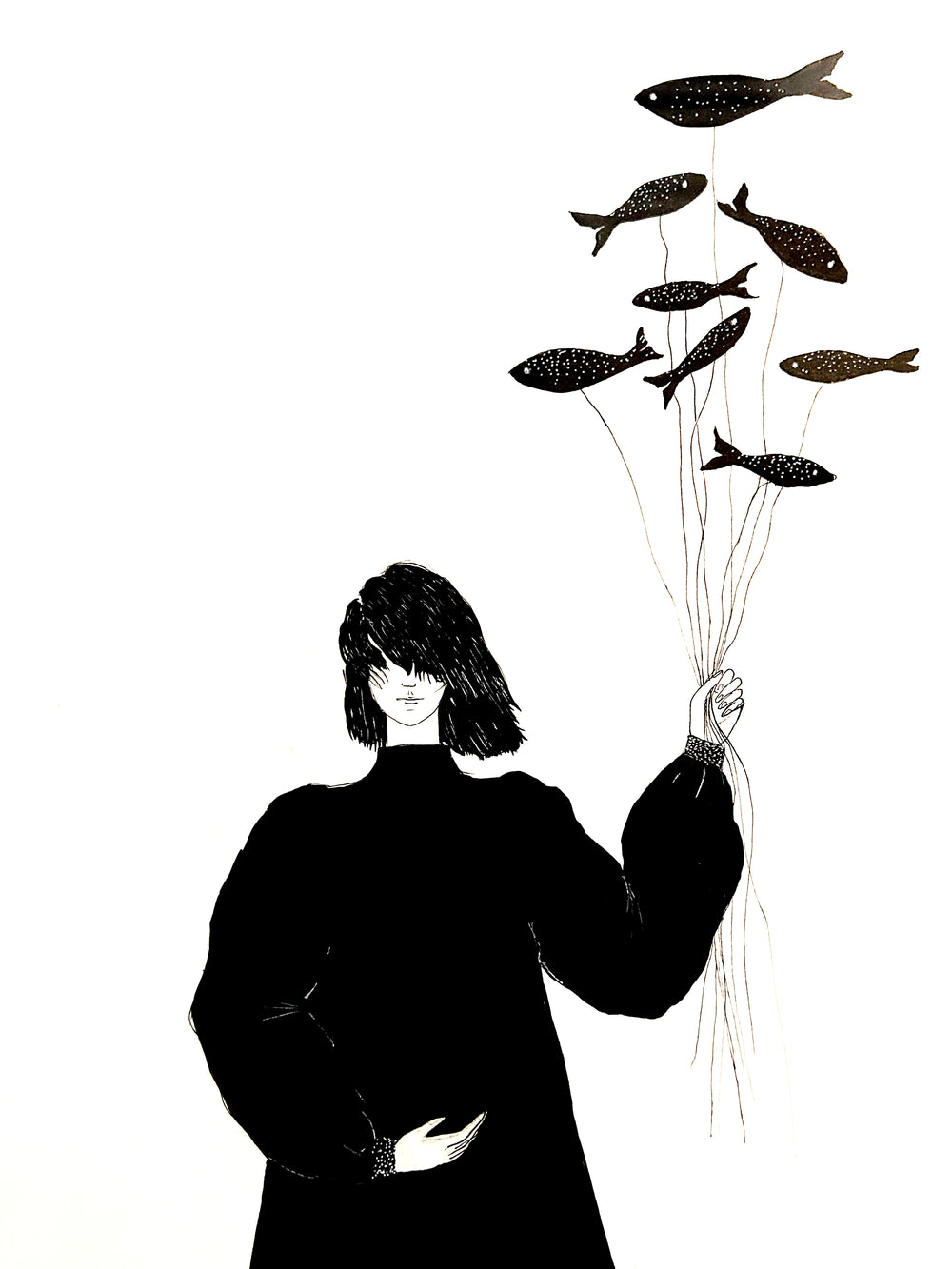



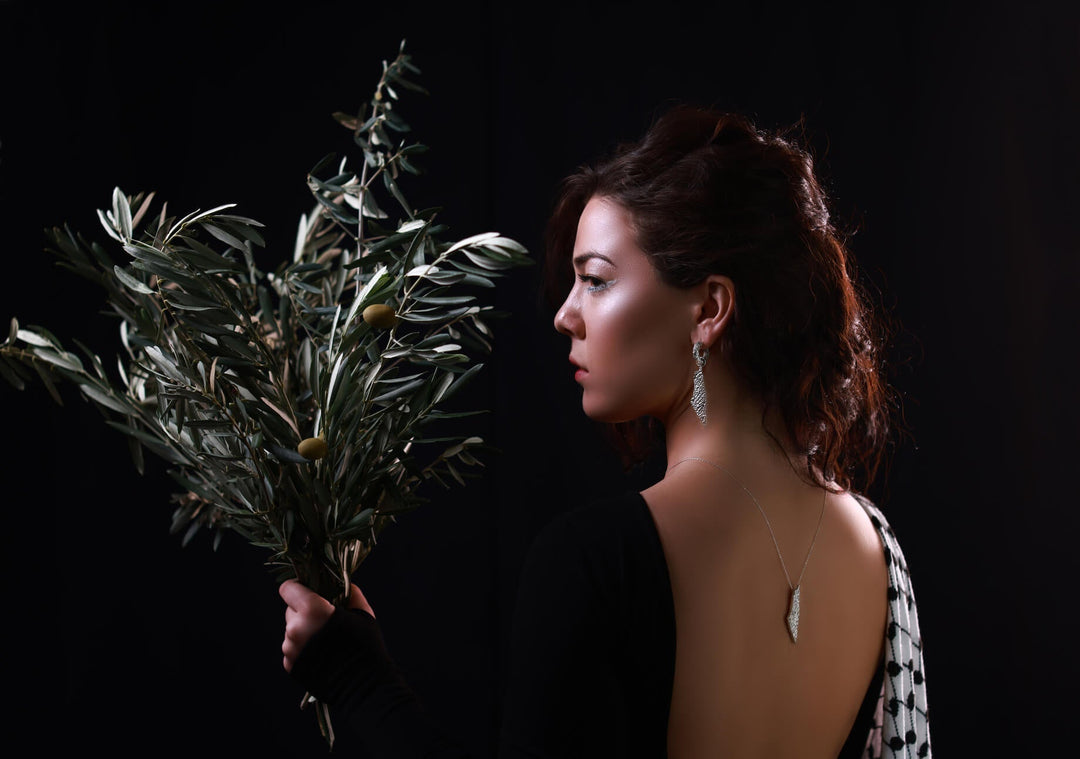
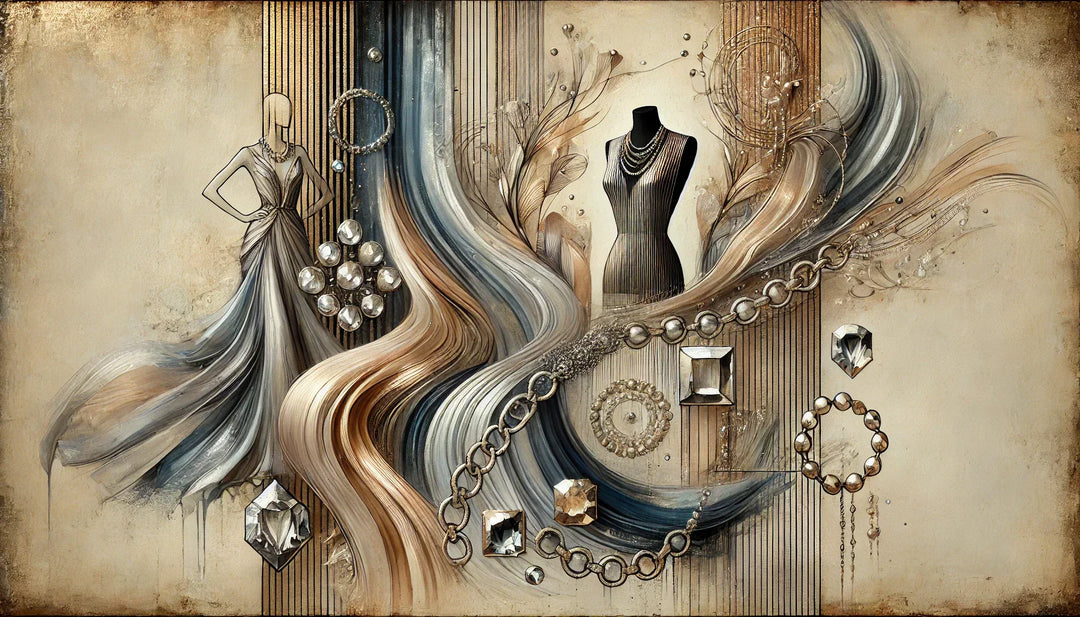
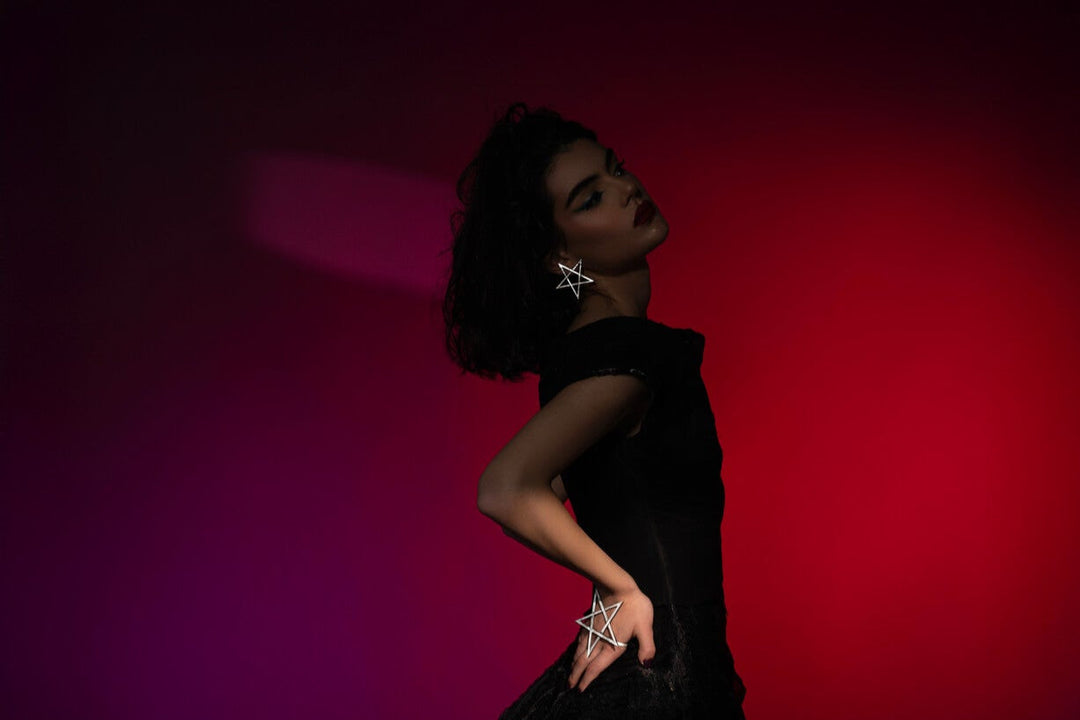
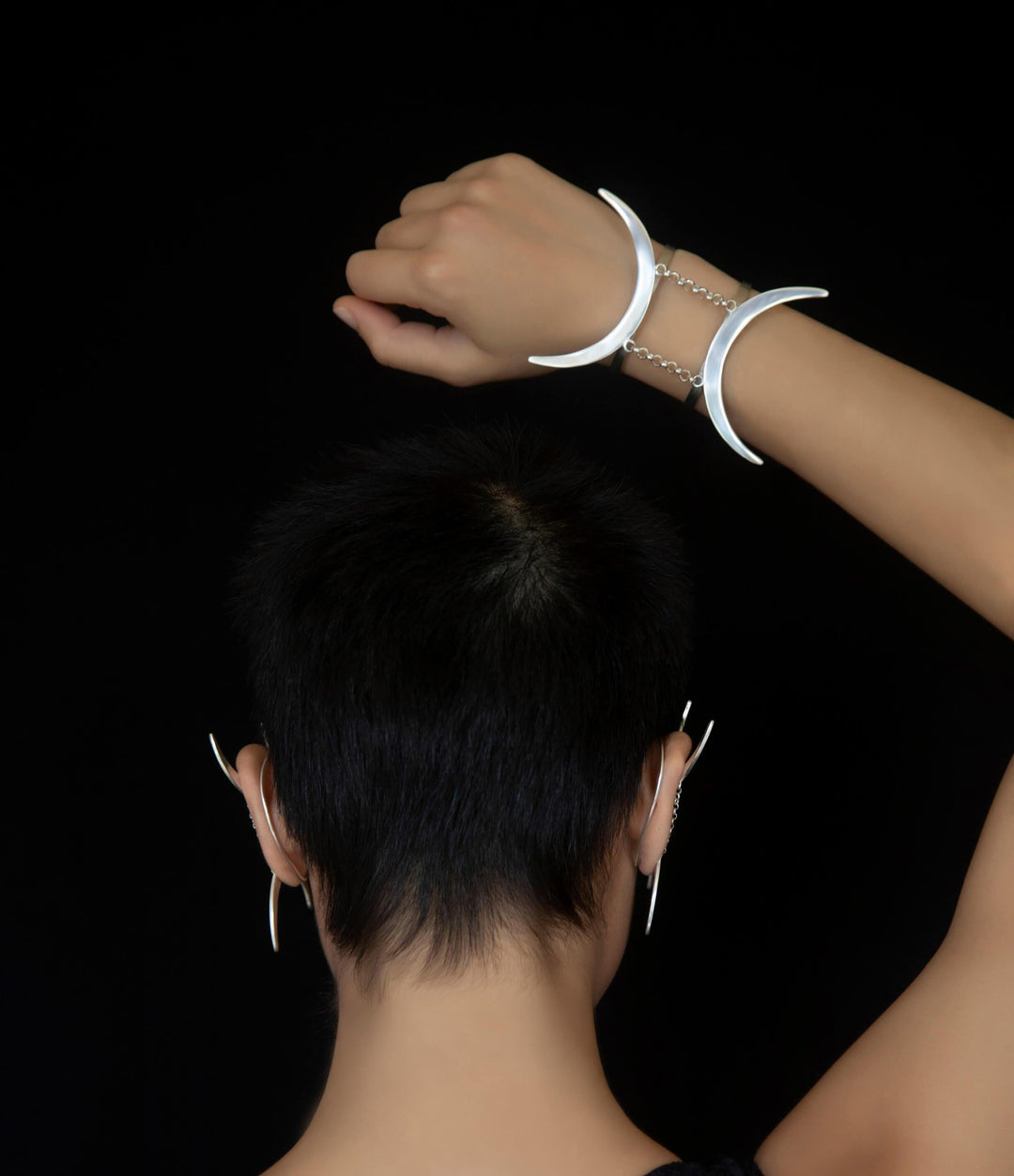


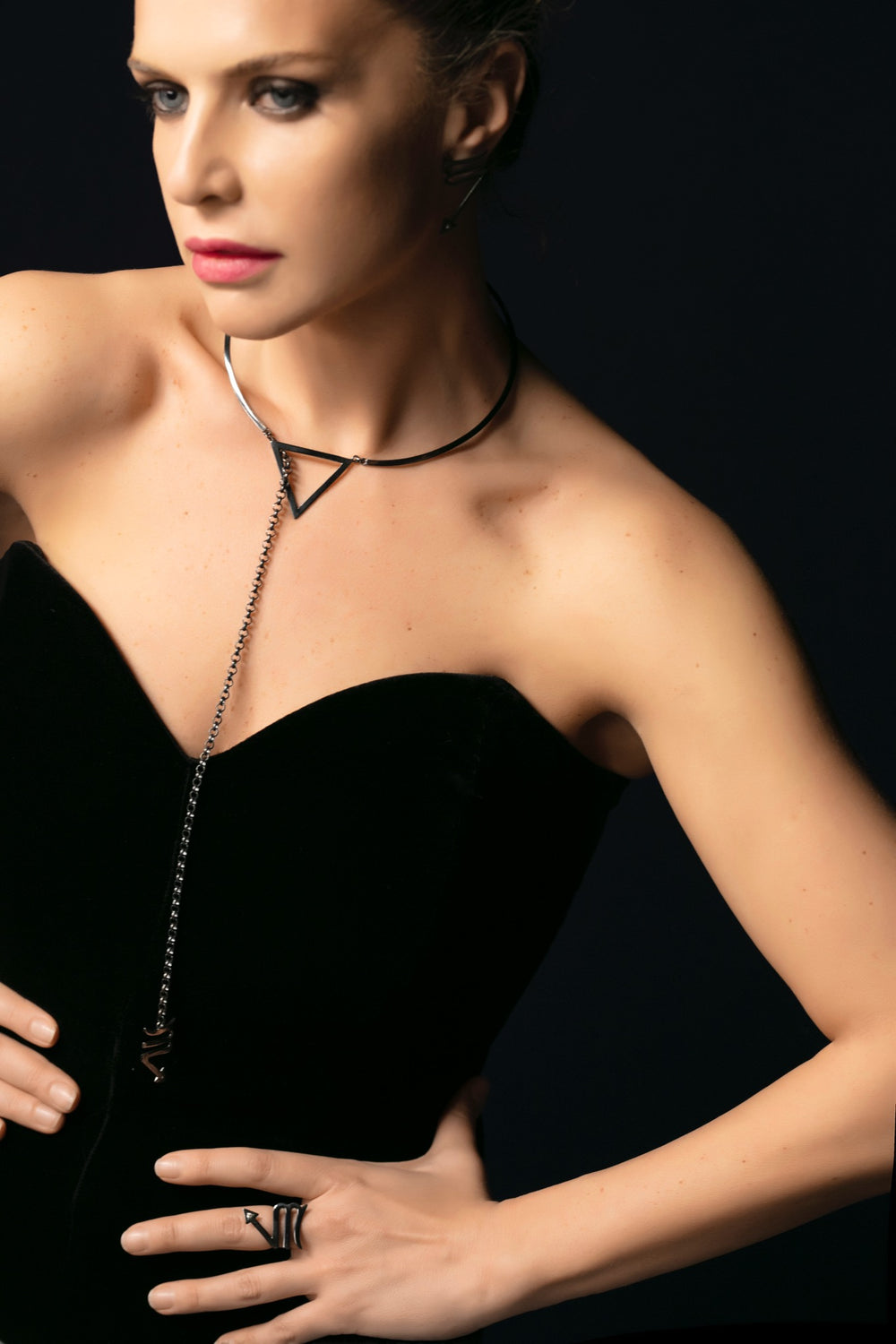


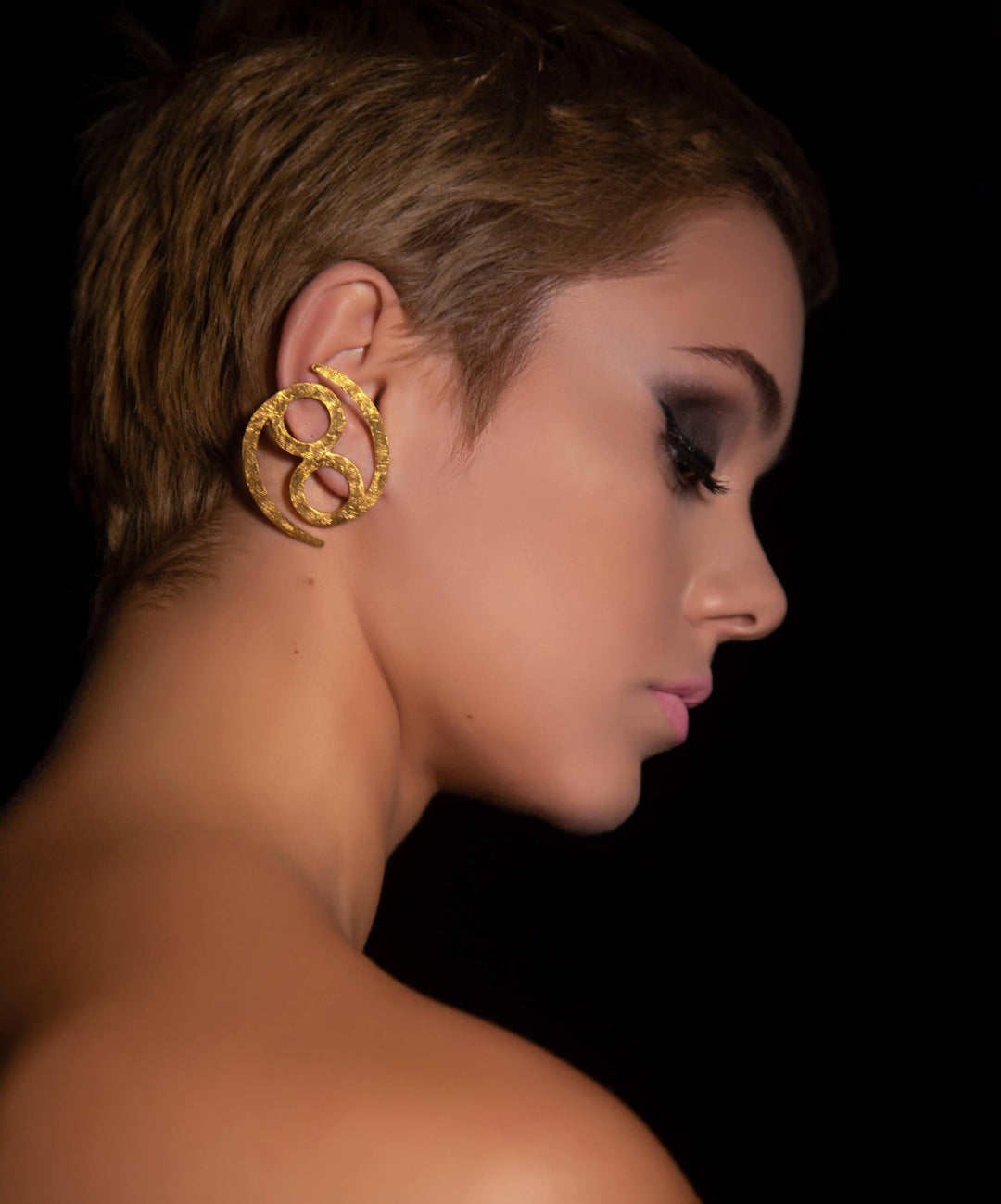

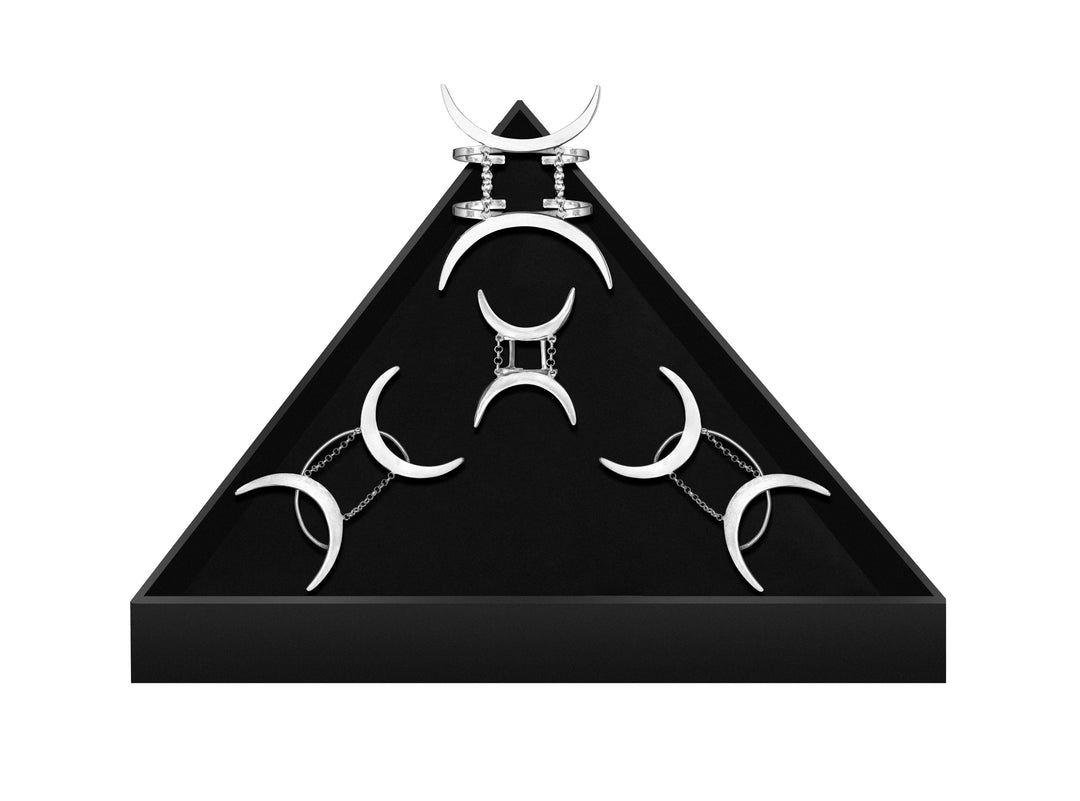
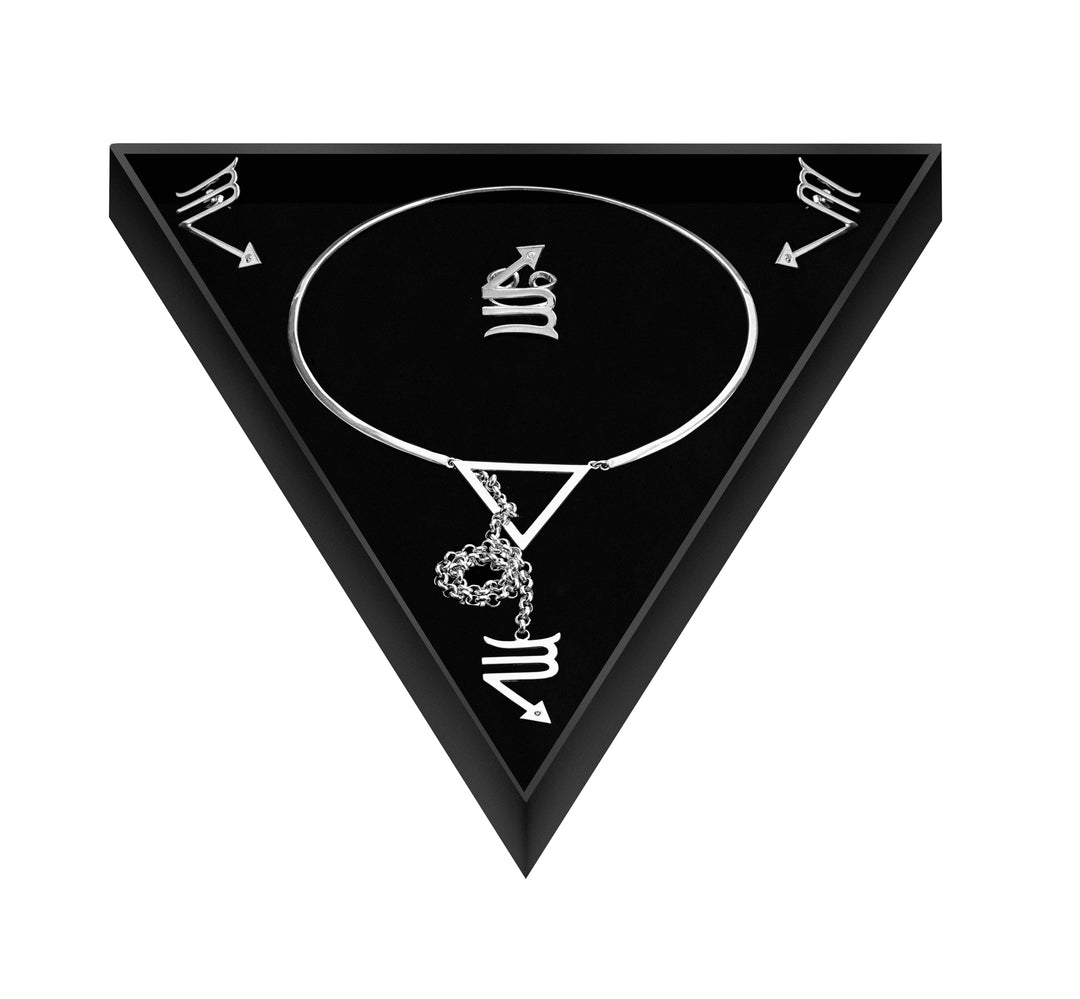
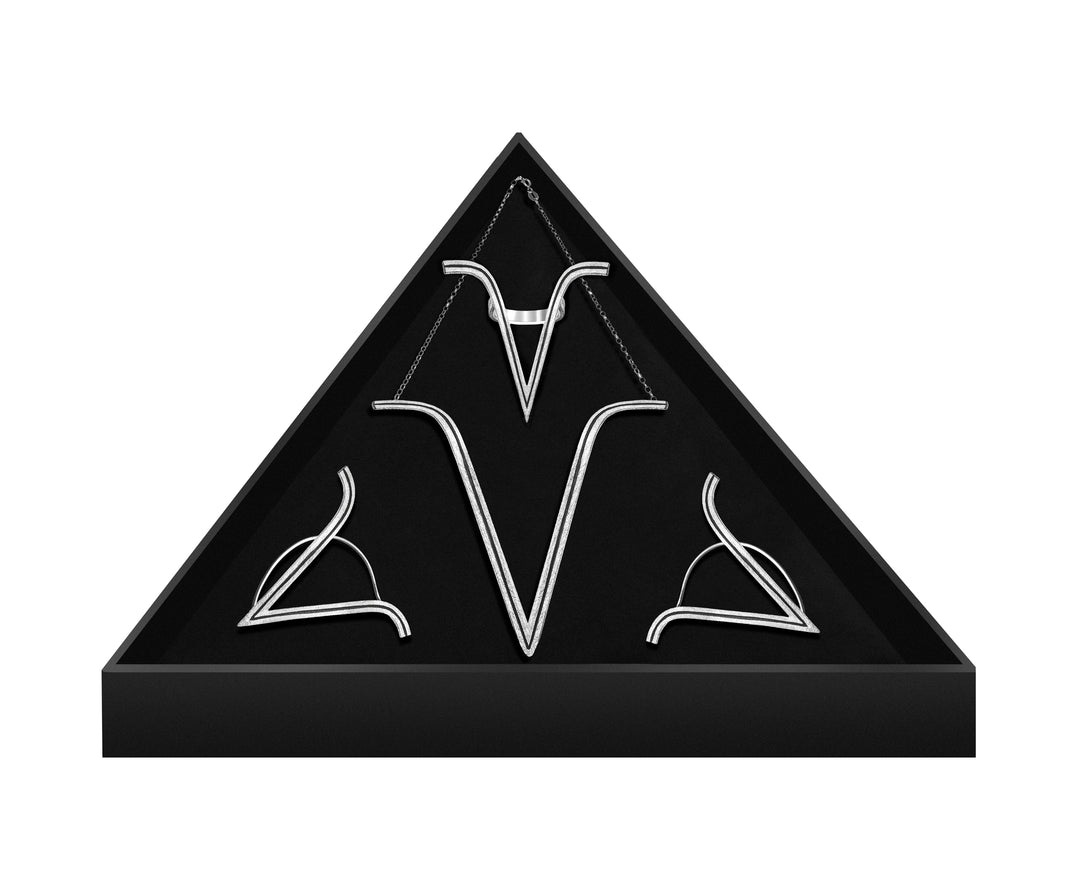
So interesting. Great info ❤️
Very interesting 👌
Very interesting article 👍 I like how you summarize the most informative data in such easy flow way ❤
Leave a comment